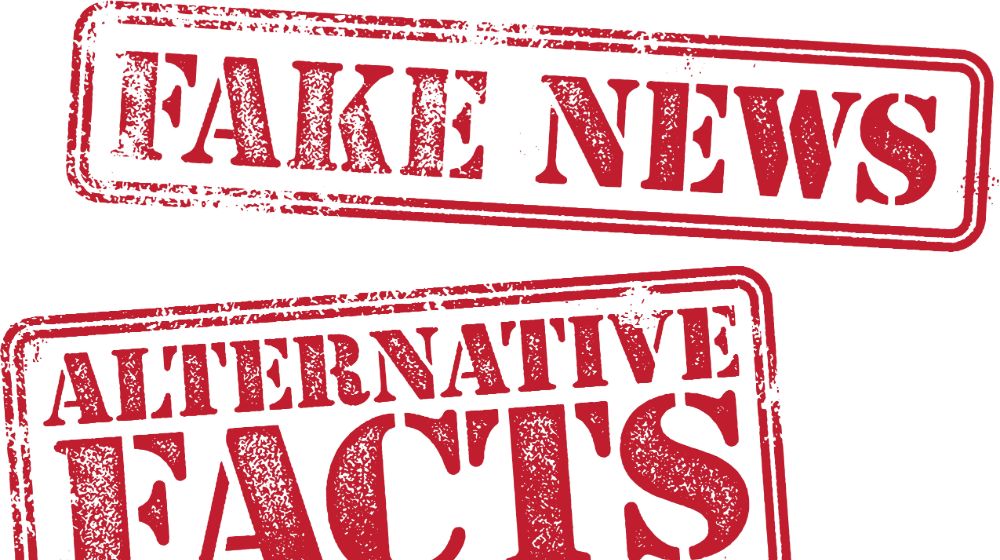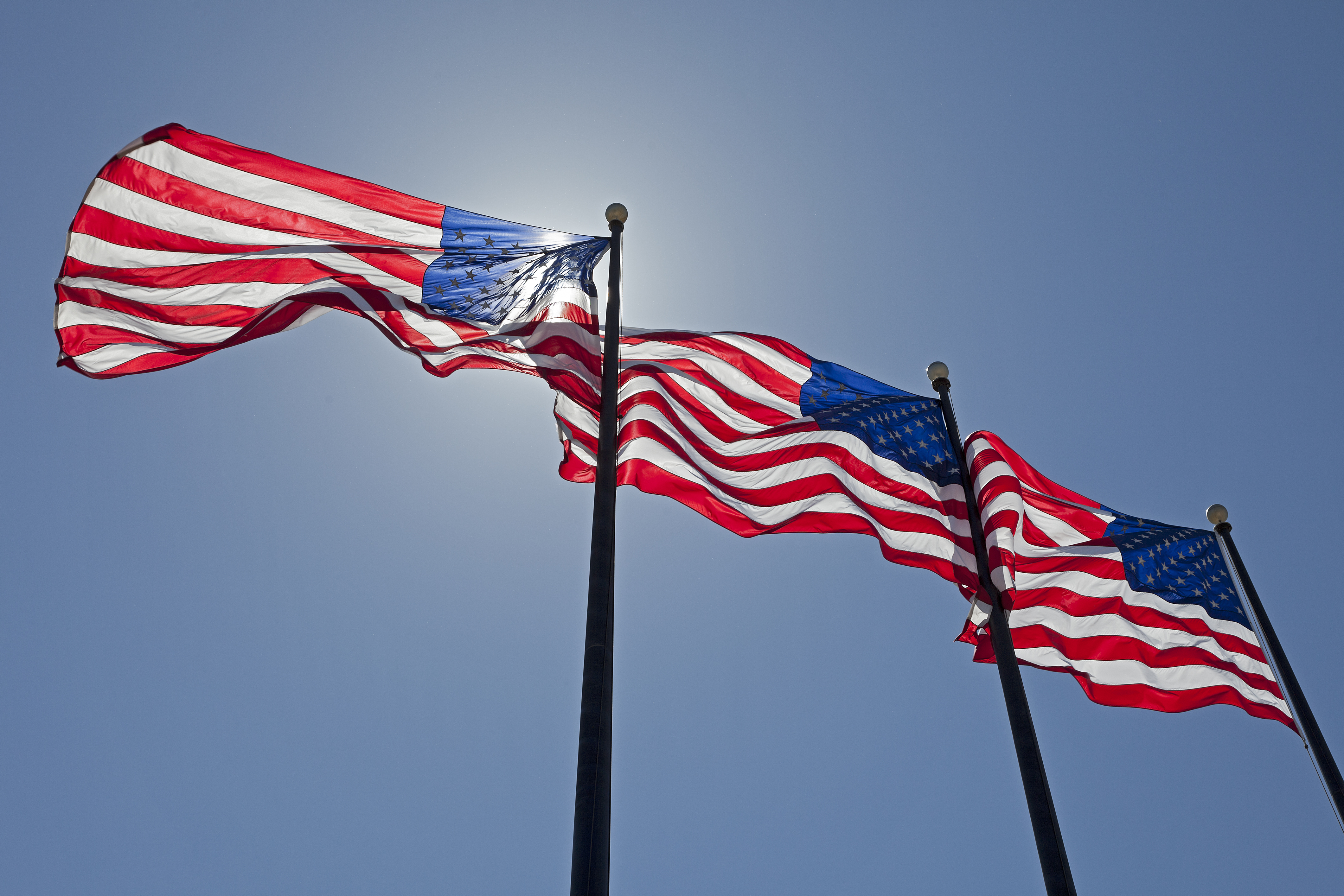Government
The Birth of Our National Anthem

This story will give you goosebumps if you haven't heard it already. It sure did me. I knew Francis Scott Key wrote our National Anthem, but that’s the extent of what I knew. Most people assume it was written at the time of the Revolutionary War, but that's not the case.
According to the “Historic Moment” our National Anthem does indeed point to one historic moment in time. One moment in the life of Francis Scott Key. And it was not during the Revolutionary War, but rather during the War of 1812.
The British navy had been attacking the Atlantic coast and focusing mostly on the Chesapeake Bay area from the beginning of the war. The United States had only a few warships available to challenge the powerful British fleet. The British often sent detachments to coastal towns offering them the choice of paying a fine or being bombarded even more. The British moved up the Bay in the summer of 1814, heading toward Baltimore, rather than Washington.
The attack on Baltimore was in two parts, both a land attack on North Point and a siege of Fort McHenry in the harbor. Major General Samuel Smith stopped the British at North Point, in an unexpected American victory. Everyone now waited to see how the siege would go at the important fort. Major George Armistead was leading the U.S. forces there. The bombing of the fort by the British ships began on September 13th. Almost 2000 cannonballs were launched at the fort over 24 hours, but surprisingly, damage was light.
The commander in charge of the British decided to land their troops west of Fort McHenry, hoping to lure the U.S. army away from North Point, but Armistead discovered them and opened fired. This ambush scattered the landing party of British soldiers. Early on the morning of September 14, the giant American flag that local seamstress Mary Pickersgill and her daughter had made was raised over Fort McHenry to replace the flag torn the night before.
Seeing that the fort still stood in American hands, the British land forces withdrew and returned to their ships. British General Cochrane then withdrew the fleet to get ready for the attack on New Orleans.
Francis Scott Key was an American lawyer who had gone on a mercy mission to the British to gain the release of an American doctor who had been captured but had been tending British soldiers. Key was on a truce ship in Baltimore Harbor during the bombardment of Fort McHenry. When the morning dawned on September 14, and Key saw the American flag still flying over Fort McHenry, it was then that he wrote the words to the “Star-Spangled Banner.” He actually wrote those words on the back of a letter. The words came to him in a stream of joy. Those words became national anthem in 1931.
It was this dramatic moment in which our national anthem, “The Star-Spangled Banner” was born. The first stanza is all we ever sing, but Frances Scott Key wrote more. And you will notice the first stanza is a question. It was “Oh please tell me. Can you see? Is our flag still flying after the bombardment or have we been defeated?
To go over it in pieces really helps to understand Frances Scott Key’s emotion and how fast those first words came to him in those moments that morning.
O! say can you see by the dawn’s early light, What so proudly we hailed at the twilight’s last gleaming; As the sun is rising after a long night of British bombardment of our fort, can you see the flag that was flying last night as the sun set, which as Americans, we had proudly hailed (saluted) as the light faded and the attack began?
Whose broad stripes and bright stars through the perilous fight, O’er the ramparts we watched, were so gallantly streaming? We could see the flag at the ramparts, or defensive wall, of the fort, flying high during the battle.
And the rockets’ red glare, the bombs bursting in air, Gave proof through the night that our flag was still there; All through the night, the exploding British missiles periodically lit up the flag; every so often we could see that it was still flying, and we had hope that the fort had not surrendered.
O! say does that star-spangled banner yet wave, O’er the land of the free and the home of the brave? Tell me, is the flag still flying, meaning we have not lost the war, and our nation is still free? (or is the very different flag of Britain flying over Fort McHenry)

This is just the first stanza. The question! The second stanza answers the question of the flag, the third stanza mocks the British and the 4th stanza is fully triumphant. Below are all four stanzas together:
O say can you see, by the dawn's early light,
What so proudly we hail'd at the twilight's last gleaming,
Whose broad stripes and bright stars through the perilous fight
O'er the ramparts we watch'd were so gallantly streaming?
And the rocket's red glare, the bomb bursting in air,
Gave proof through the night that our flag was still there,
O say does that star-spangled banner yet wave
O'er the land of the free and the home of the brave?
On the shore dimly seen through the mists of the deep
Where the foe's haughty host in dread silence reposes,
What is that which the breeze, o'er the towering steep,
As it fitfully blows, half conceals, half discloses?
Now it catches the gleam of the morning's first beam,
In full glory reflected now shines in the stream, ‘
Tis the star-spangled banner – O long may it wave
O'er the land of the free and the home of the brave!
And where is that band who so vauntingly swore,
That the havoc of war and the battle's confusion
A home and a Country should leave us no more?
Their blood has wash'd out their foul footstep's pollution.
No refuge could save the hireling and slave
From the terror of flight or the gloom of the grave,
And the star-spangled banner in triumph doth wave
O'er the land of the free and the home of the brave.
O thus be it ever when freemen shall stand
Between their lov'd home and the war's desolation!
Blest with vict'ry and peace may the heav'n rescued land
Praise the power that hath made and preserv'd us a nation!
Then conquer we must, when our cause it is just,
And this be our motto – “In God is our trust,”
And the star-spangled banner in triumph shall wave
O'er the land of the free and the home of the brave.
When we look at all four stanzas together, one has to wonder why we snatched up only the first stanza as our national anthem? Perhaps it sings better. Or maybe it was written more in the heat of the moment and that is why to this day, when we hear it, the national anthem still gives us chills.
[wps_products_gallery product_id=”4333982449715, 4335184740403, 4344220352563″]
The last stanza is more about victory. But the first is about seeing our beloved flag at the first light. There is something about that moment that gets to every one of us. Knowing America has come through tough battles and tests of perseverance is what the first stanza represents. The first stanza speaks to all of us as Americans. You can come though this hard time. We can rise up. Around the next corner is that flag. We can come through adversity, trying times, devastation, and more, because we are Americans. The flag lasted through that night and so did our fort.
As I look out my window, I can see my neighbor’s flag waving through the trees. I can’t see mine from this angle. But I have to think about Francis Scott Key this morning and how many times I take this sight out my window for granted. I imagine him peering at first light for the red, white, and blue. The knot in his stomach as his eyes searched with anticipation for what the flying flag would mean for his beloved country and him as a citizen.
When you see our flag today, remember the many people who have struggled and died to keep our flag waving for us. Pick up a history book or read an article on the internet about a war you might not know too much about. I’m guilty of needing to know more about our great nation’s history and her ups and downs. Remember Frances Scott Key, John Phillips Souza and the many other composers who have brought us many anthems and our patriotic music. Take the time to look at the history behind the music. This is an exciting way to pay tribute to our nation, our music, and our people.
